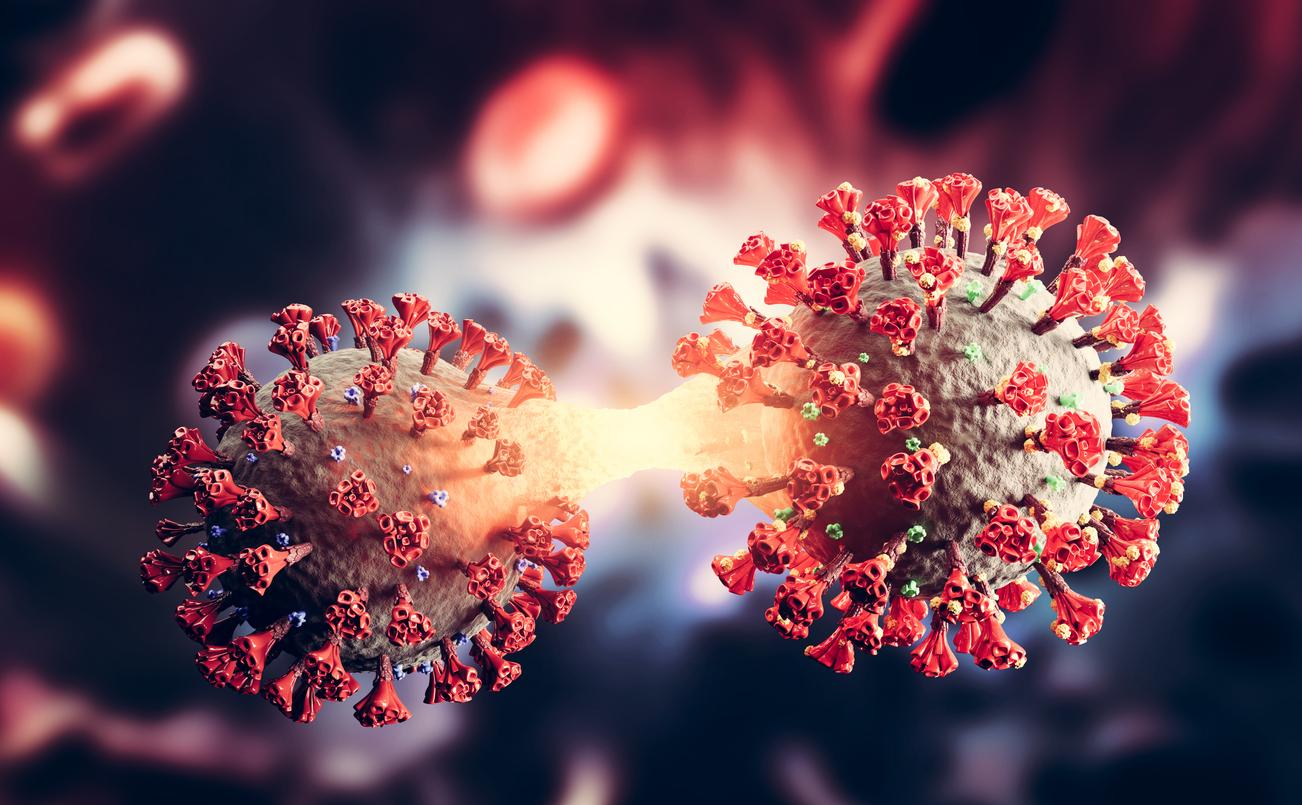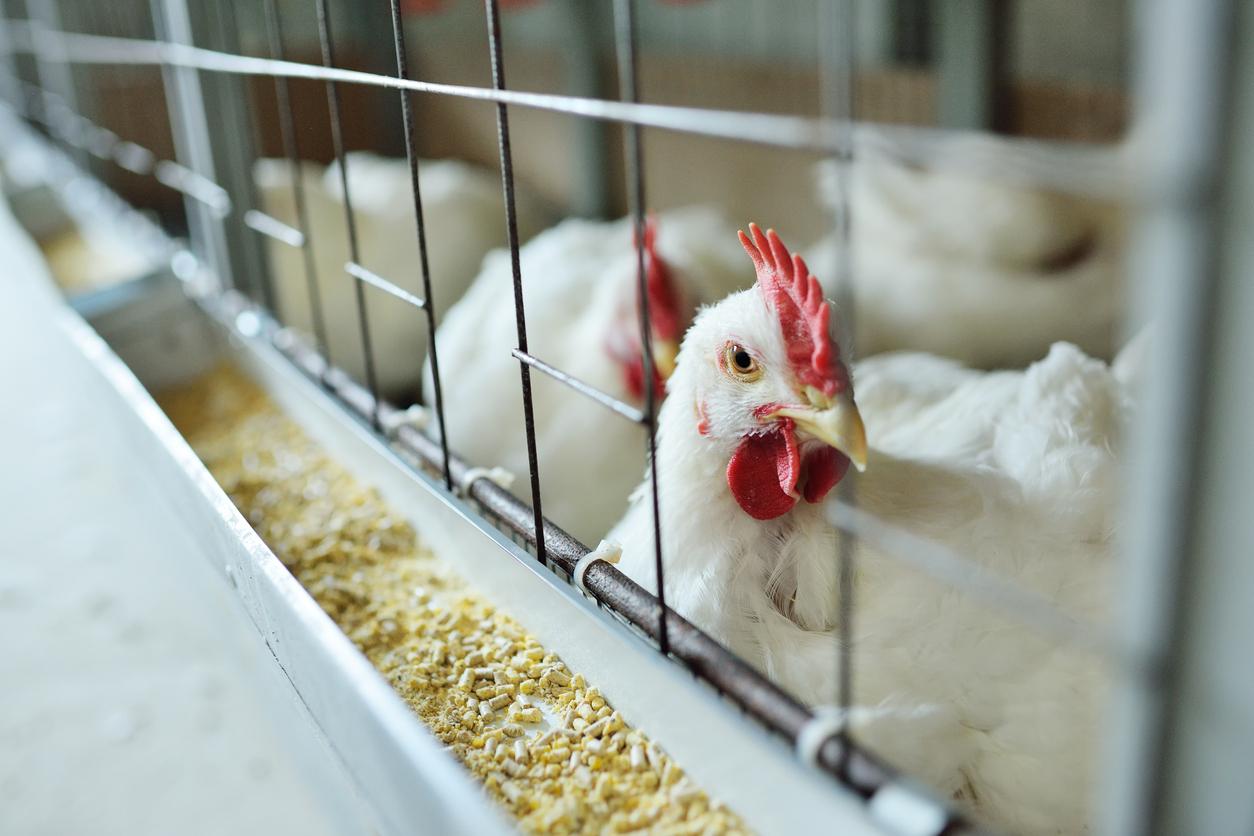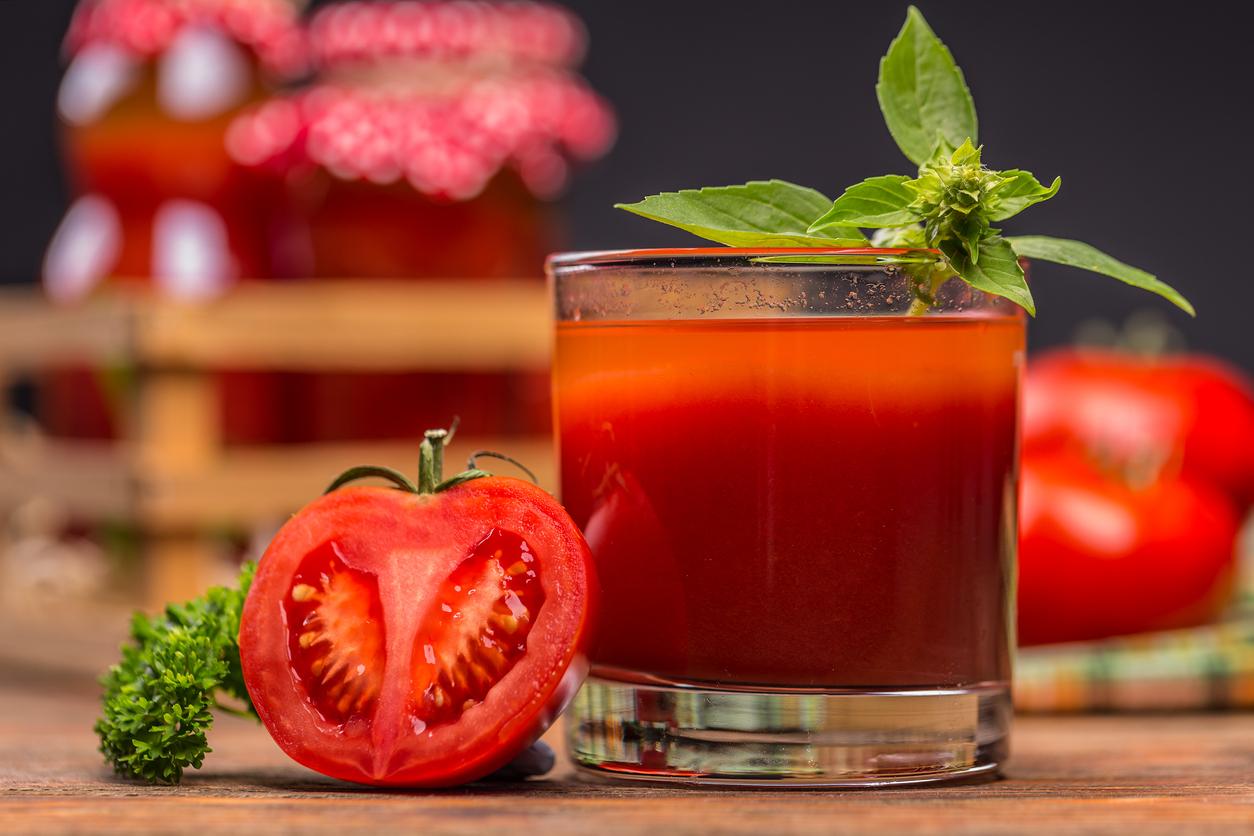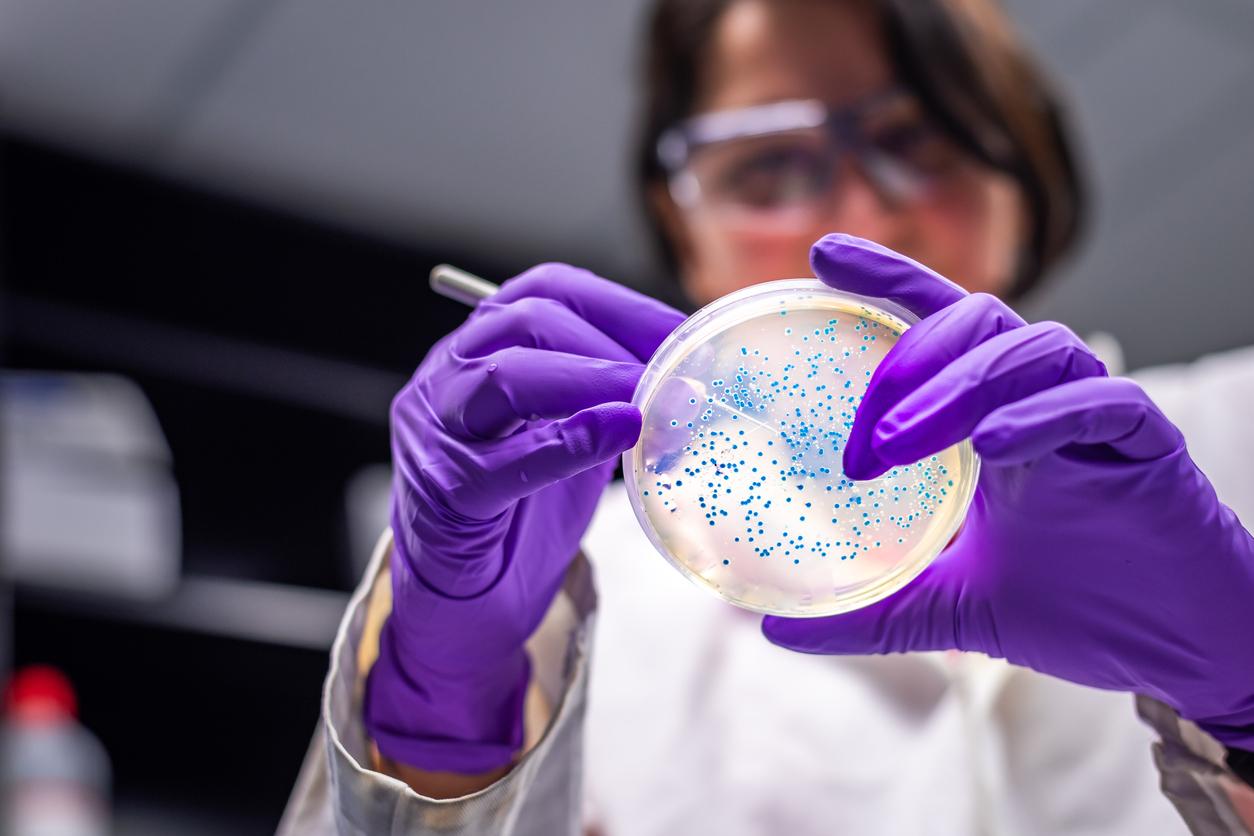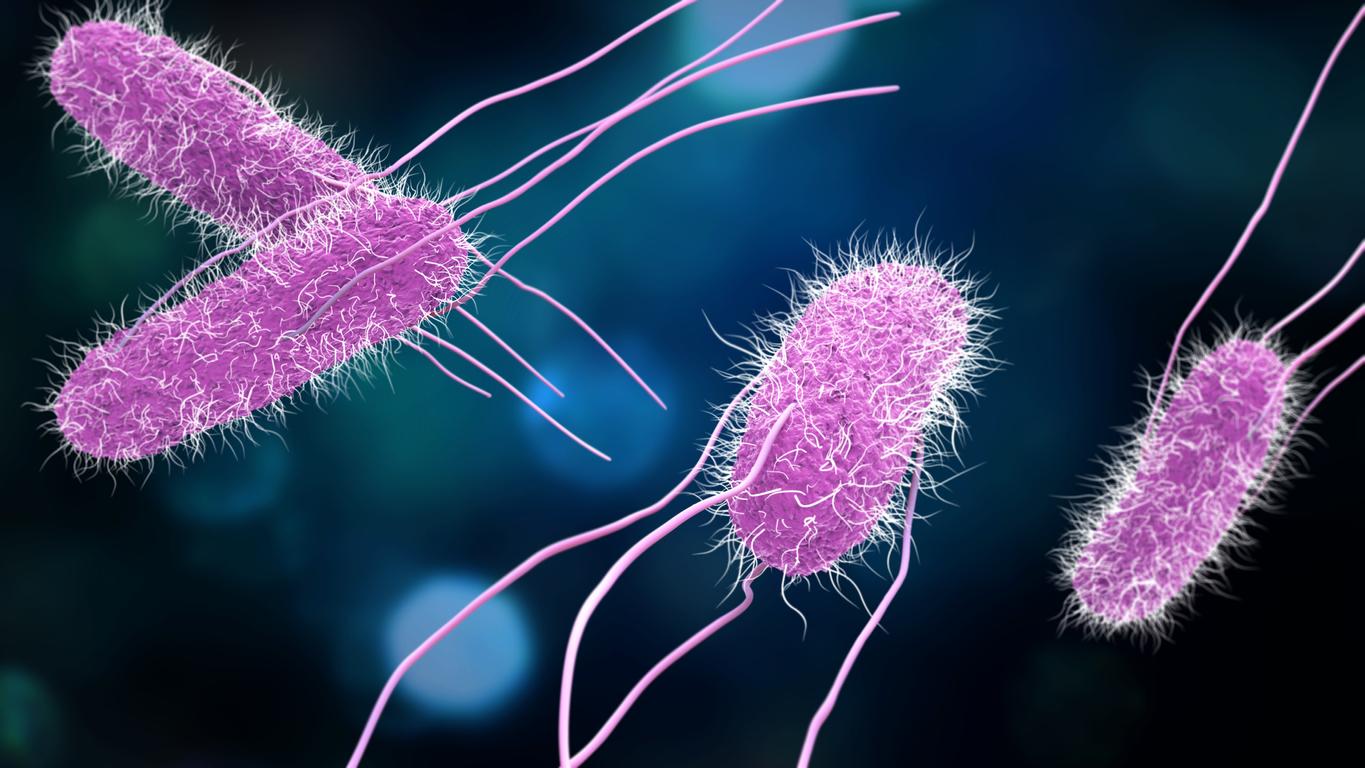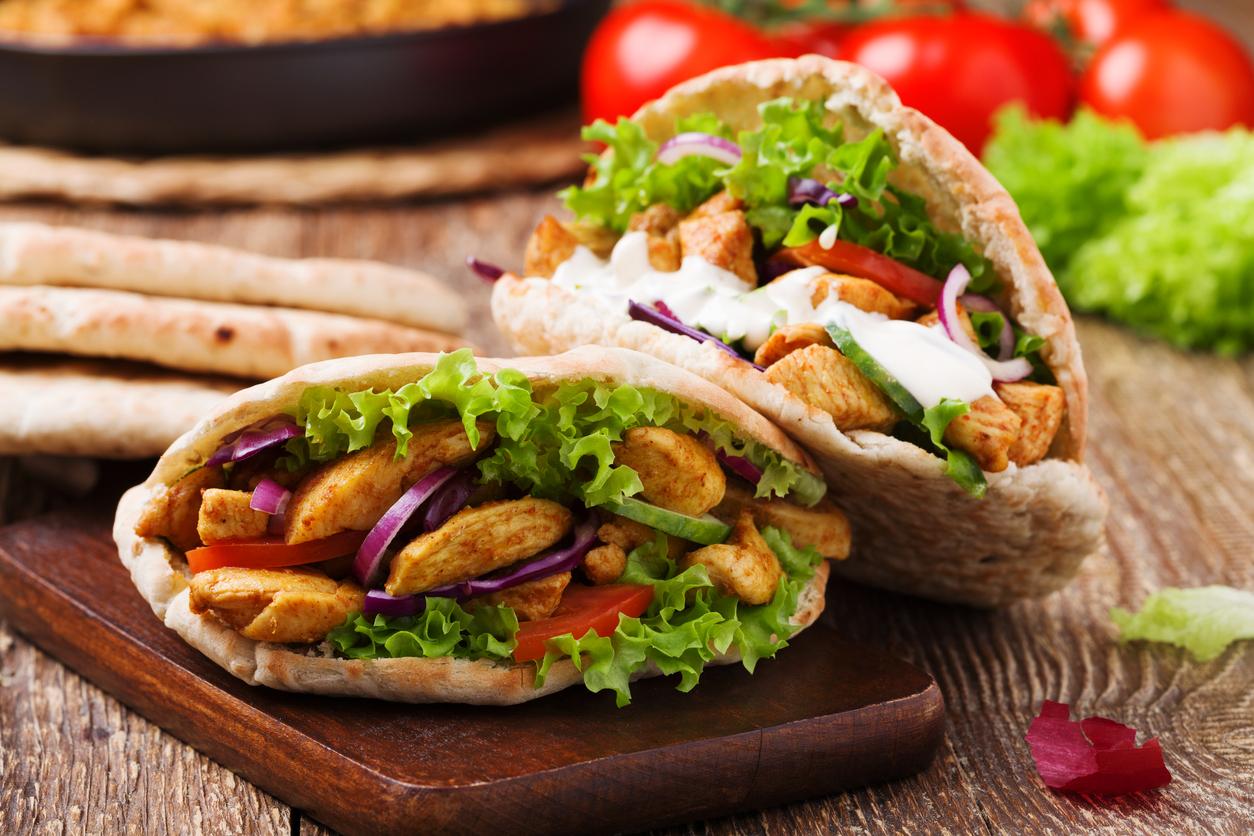Salmonella is a very old bacterium which has exceptional adaptation capacities. But Man has the solutions to get rid of it … if he really wants to and is not negligent!
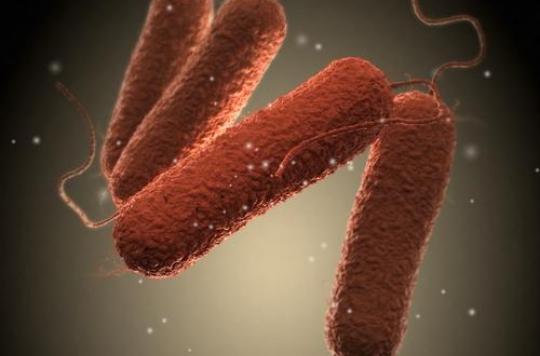
Between August and December 2017, several infants were identified as suffering from salmonellosis at Salmonella Agona serotype by the National Reference Center for Salmonella. This contamination occurs following the consumption of Pepti Junior brand milk from Picot, Picot SL, Picot anti-colic, Picot rice and Milumel Bio 1 without palm oil.
An epidemiological and bacteriological investigation
The epidemiological investigation is being carried out by Public Health France in conjunction with the CNR, the Directorate General for Competition, Consumption and Fraud Control (DGCCRF) and the Directorate General for Health (DGS). To date, it has identified 37 infants (16 boys and 21 girls, median age 4 months (min: 2.5 weeks, max: 9 months)) presenting with salmonellosis. Salmonella Agona serotype, which occurred between mid-August and December 2, 2017. All these strains belong to the same epidemic clone. One of the cases was retrospectively identified by the CNR and developed symptoms in late April 2017.
The cases identified during this investigation correspond to infants having had diarrhea following the consumption of these milks, having undergone medical consultation and stool culture (stool analysis), for which the laboratories isolated a strain of Salmonella transmitted to CNR. It is possible that some cases were not identified. However, these unrecorded cases are generally less serious and their number is probably limited due to the more systematic use of care in infants and for severe infections.
Acute gastroenteritis
Infections with Salmonella usually occur within 3 days of ingestion, and cause a picture of acute gastroenteritis with vomiting, sometimes bloody diarrhea, and fever in the majority of cases. The appearance of these signs in an infant should prompt families to consult a doctor without delay.
Several outbreaks of salmonellosis in Salmonella Agona have been reported in the past, in particular an epidemic attributed to the consumption of powdered milk in infants in France in 2005, an epidemic in infants in Germany attributed to the consumption of herbal teas made from fennel and anise, and epidemics attributed to the consumption of peanut snacks or oat-based cereals, according to Public Health France.
Salmonella and the risk of infection
Salmonella is a microbe.
It’s a bacterium, which is different from viruses and makes it sensitive to antibiotics
They are the most numerous bacteria in the world. 2,600 different species are known, including 883 strains of human origin.
The infectious power on these salmonella depends:
- From the virulence of the strain. That detected in infant milk is moderately virulent, but you should always be wary because of the “intelligence” of the infinitely small. An edifying example: a so-called “hyper virulent” salmonella was detected in California 6 years ago, resistant (in particular to vaccines), with unusually rapid spread. We realized that, when she entered an organism, she became mean but as soon as she found herself in nature, she changed her profile to become wise and undetectable. Astonishing adaptability… and worrying.
- The sensitivity of people who are affected (for example infants or the elderly)
- Of the concentration that is generally ingested which must be greater than 100,000 bacteria.
Salmonella are hardy :
They survive several weeks in the air but several months in water. This explains the contamination of water from the excrement of infected animals.
One of the modes of contamination are the eggs and their contamination by the bacteria can occur during the cracking or porosity of the shell which occurs during washing and allows the bacteria to enter and develop.
The diseases they cause:
Typhoid and parathyroid fevers. Contagious diseases that were once formidable.
Food poisoning, also known as salmonellosis, which is of concern to our health authorities at the moment.
Inflammatory bowel disease
More and more studies show that fairly benign food poisoning, but repeatedly would be able to cause inflammation of the inner wall of the intestine, the intestinal mucosa, inflammation which will lead to a progressively irreversible and self-destructive immune reaction. This is called inflammatory colon and bowel disease, or IBD, and is a potentially serious autoimmune disease.
Contamination
It is done by contaminated food, meat, eggs and dairy products mainly. Usually in a human, the acidity of the stomach is enough to easily destroy the enemy. One exception: infants who are more sensitive and especially can be contaminated by breathing contaminated dust … and patients on antacids who are more vulnerable to contamination.
In general, we only talk about these contaminations in the summer, in children with rather scattered cases, but they represent 25% of gastric infections in the summer.
Remember that the first ramparts against Salmonella are called veterinary checks, essential hygiene in the preparation of collective meals and especially the inspection of certain foodstuffs. Which is the main controversy of recent days.
Vaccination
The typhoid vaccine is no longer marketed in France.
Processing
Fortunately most sources are sensitive to antibiotics. The researchers however alerted the health authorities by reporting the appearance of ultra resistant strains which is not the case in current infections.
Antibiotic treatment is only conceivable in certain very specific cases (infants, elderly people or chronic diseases or in community) because the massive use obtains the opposite effect and a multiplication of bacteria. “It’s not automatic”!

.




